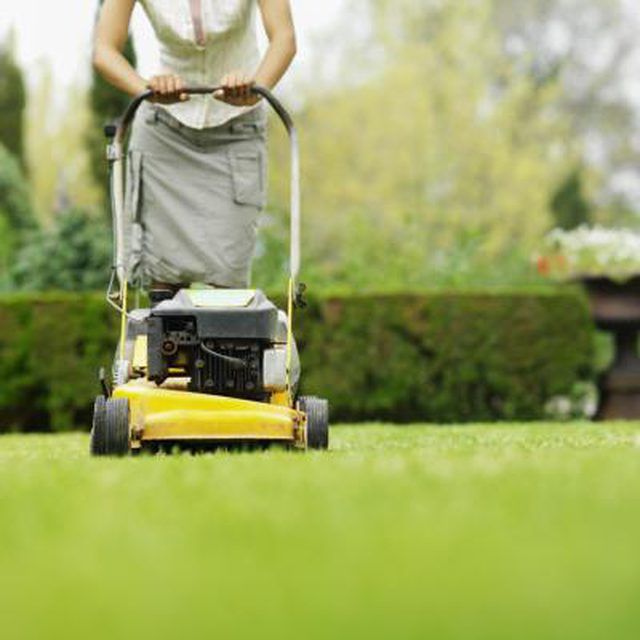Bulbs
Flower Basics
Flower Beds & Specialty Gardens
Flower Garden
Garden Furniture
Garden Gnomes
Garden Seeds
Garden Sheds
Garden Statues
Garden Tools & Supplies
Gardening Basics
Green & Organic
Groundcovers & Vines
Growing Annuals
Growing Basil
Growing Beans
Growing Berries
Growing Blueberries
Growing Cactus
Growing Corn
Growing Cotton
Growing Edibles
Growing Flowers
Growing Garlic
Growing Grapes
Growing Grass
Growing Herbs
Growing Jasmine
Growing Mint
Growing Mushrooms
Orchids
Growing Peanuts
Growing Perennials
Growing Plants
Growing Rosemary
Growing Roses
Growing Strawberries
Growing Sunflowers
Growing Thyme
Growing Tomatoes
Growing Tulips
Growing Vegetables
Herb Basics
Herb Garden
Indoor Growing
Landscaping Basics
Landscaping Patios
Landscaping Plants
Landscaping Shrubs
Landscaping Trees
Landscaping Walks & Pathways
Lawn Basics
Lawn Maintenance
Lawn Mowers
Lawn Ornaments
Lawn Planting
Lawn Tools
Outdoor Growing
Overall Landscape Planning
Pests, Weeds & Problems
Plant Basics
Rock Garden
Rose Garden
Shrubs
Soil
Specialty Gardens
Trees
Vegetable Garden
Yard Maintenance
How to Replace the Rings on a Briggs & Stratton Lawn Mower Motor
How to Replace the Rings on a Briggs & Stratton Lawn Mower Motor. A piston serves an integral function in a small engine such as that found on a lawnmower by helping transfer combustion power to the working parts of the machine. Among the parts found on a piston are rings, which prevent compression pressure from leaking out of the engine. The...

A piston serves an integral function in a small engine such as that found on a lawnmower by helping transfer combustion power to the working parts of the machine. Among the parts found on a piston are rings, which prevent compression pressure from leaking out of the engine. The process of replacing piston rings on a Briggs and Stratton lawn mower differs depending upon the type of engine in question, though follows a basic, relatively simple pattern.
Things You'll Need
Engine parts list
Engine manual
Screwdriver or drill
Wrench
Gas container
Siphoning tube
New rings
Piston ring expander
Engine lubricant
Preparation
Read through your Briggs and Stratton engine manual and parts list to familiarize yourself with the make up of the engine. If you don't posses your manual and parts list, download them from the Briggs and Stratton website.
Remove the spark plug wire to prevent the engine from accidentally starting while you work on it. Use your parts list to locate the wire, and remove it manually by pulling the end of the wire from the tip of the spark plug.
Drain gas from your mower engine. Use your siphoning tube to remove gas from the engine and store it in your gas container.
Turn the mower on its side. Remove the mower blade and any other brackets or bolts connecting the engine to the body of the mower using your drill or screwdriver. This step is only required when working on a push mower. With riding mowers, open the cowling of the machine to access the engine.
Move the engine to a work space such as a table, bench or drop cloth in your driveway or garage.
Open your new rings and place the package near your engine for easy access.
Replacing the Rings
Locate the piston within your Briggs and Stratton engine using the parts list. The location of the piston depends upon your mower type and engine size.
Remove the piston from your engine by unscrewing the bolts on either side of the piston base that hold it in place. Pull the piston out through chamber the piston head sits in.
Remove the piston pin, located on the side of the piston, using a screwdriver or drill. The pin locks all piston assembly parts into lace -- removing it allows you to disassemble the piston.
Remove the top of the piston with your hands. If it sticks, use your drill or screwdriver to gently pry it loose.
Take the rings off the piston using a ring expander. This tool contains two handles and a large circular or U-shaped top. The top fits around or, in some cases, beneath piston rings and, when squeezed at the handles, opens the rings up for easy removal around the top of the piston.
Put the new rings onto the piston. Place these rings on in the same order as the previous set of rings – each ring in your new set should match a ring in your old set. Use engine lubricant if necessary to help the rings slide into place.A standard Briggs and Stratton piston ring set contains three rings, which must go on in a particular order.
Replace the piston top and pin, using your drill or screwdriver as necessary.
Place the piston back in your engine and replace any parts you removed to take the piston out. Use your screwdriver, drill or wrench to fix all bolts, screws and pins in place.
Put the engine back on your mower by reattaching the blades and all other brackets and fasteners you removed in Section 1, Step 4.
Tips & Warnings
Work gloves can help protect your hands from all the grease and filth associated with engine work, though can also get in the way of your manual dexterity. Let your level of comfort with engine grime determine whether you wear gloves.
Never work on an engine immediately after turning it off – engines get very hot and can give you severe burns. Allow the engine to cool before replacing rings.